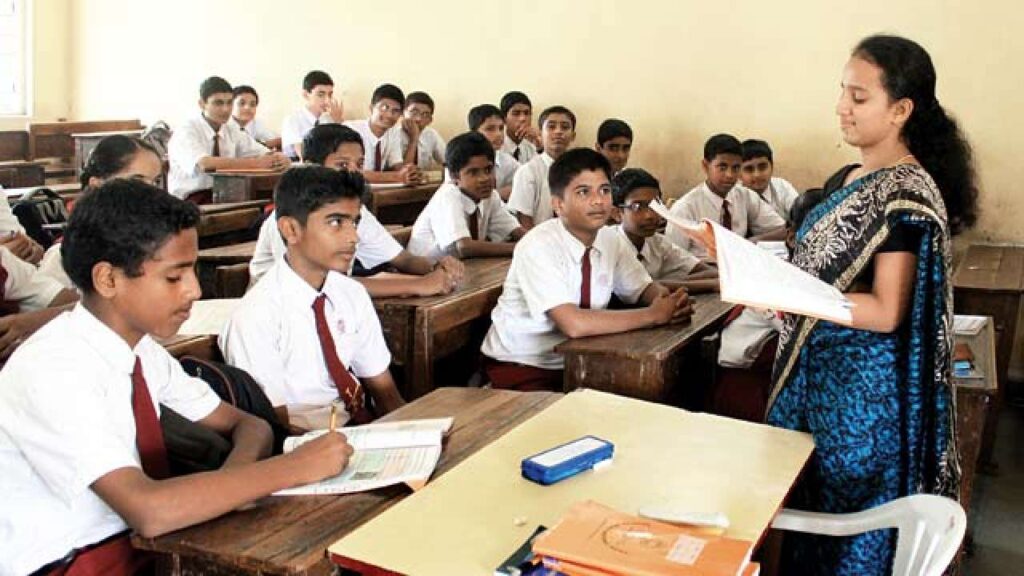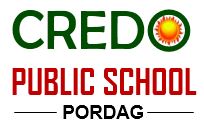
Our Programs

Pre-Primary School
A Pre-Primary School, also known as Nursery School or Play School, is an educational establishment or learning space offering early childhood education to children before they begin compulsory education at Primary School. It may be publicly or privately operated, and may be subsidised from public fund
Education typically designed for children from 3 years of age to the start of primary school. The educational properties of pre-primary education are characterized by interaction with peers and educators, through which children improve their use of language and social skills, and start to develop logical and reasoning skills. Children are also introduced to alphabetical and mathematical concepts, and encouraged to explore their surrounding world and environment. Supervised gross motor activities (i.e. physical exercise through games and other activities) and play-based activities can be used as learning opportunities to promote social interactions with peers and to develop skills, autonomy and school readiness.

Primary School
Primary education or elementary education lasts 8 years in India. Pupils aged 6 to 14 complete the following 2 stages:
- primary stage, grade I-V;
- upper primary stage, grade VI-VIII.
Our school covers the first six years of compulsory education (grades 1–6) informally divided into 3 years of primary level and 3 years of intermediate level.

Upper Primary
Upper primary education means educating all students up to the age of 14, which is equivalent to completing the second cycle of primary education. … The government of India is trying to improve the education system of all the schools to provide the best quality of education to all the students.
Universalization of upper primary education in India is normally discussed in terms of enrolling and retaining all chil-dren belonging to the age group 11 to 14. This seems more to be a desirable goal to be achieved in the long run than a realisable target at the present levels of development of primary education. Enrollment is a function of the relevant age group at the primary level of education. However, enrolment in upper primary schools is more a function of primary education completion rates than a function of the relevant age group. It is logical to argue that all children in the relevant age group (11 to 14) cannot be enrolled in upper primary classes unless they complete primary level of education. In other words, all relevant age group children can be provided upper primary education only when all children of the primary school going age group are enrolled, retained and successfully complete the primary stage of education.
Synchronized Study Equipped Foundation Courses of IIT-JEE- Engineering,NEET-Medical,NDA,CLAT ,CA,NIFT,AIEED
A Strategic Amalgamation of MAIN course with competitive exam Syllabus
Synchronized Targeted Foundation Courses of UPSC, CAPF, State PCS, CDS, Banking, etc.
With Targeted curriculum for success in above Officer ranked selection tests
Incredible Features
- Cricket Academy
- Brain Activation System
- Smart Classes through Digital Flat Panel.
- Robotics Laboratory LEGO Manipulators
- STEM (Space, Technology, Engineering and Mathematics)
- Aerospace & Drone Technology
- Vedic Maths. Facility for faster in Mathematics calculation.
- Facility of e-Tuition.
- Tablets enabled class-room from class VI onwards.
- Talent Search Program associated with Education-Scholarship.
- Expertise Creation Activity
- News Anchor & Journalist – Mass communication, Anchoring, TV debates (News Studio workshop
- Film Maker – Film shooting Arena
- Video Game Maker – 2D#3D Animation
- App development course – App developer.
- Website Designing Course—Web Designer.
- Travel & Tourism – Good communicating skill.
- Digital Marketing –
- Parliamentarian- Child Parliament.
- Law expert- Laws and Judicial Procedure (Court Room).
- Ayush (Ayurved, Yoga, Unani, Sidhha and Homeopathy) expert.
- Entrepreneurship- Creating Startups
- Spokesperson – Foreign Language Laboratory
- Economist – Financial Education
- Fashion Designer – Fashion Designing Course
12. Sports
- Basket ball court
- Lawn Tennis
- Table Tennis
- Archery
- Javelin Throw
- Gun Shooting
- Billiards
- Taekwando
- Gymnasium
13. Hobby Club
- Dance & Melody
- Painting
- Toy Making
- Drama club
14. Free Education Insurance*
15. (Quarterly) Scientific-Arts Carnival.
Contact Us:
Kasiyatand, Pordag, Nimiyaghat, Giridih – 825106, Jharkahnd
+91-9905096581
info@jainkidzz.com
